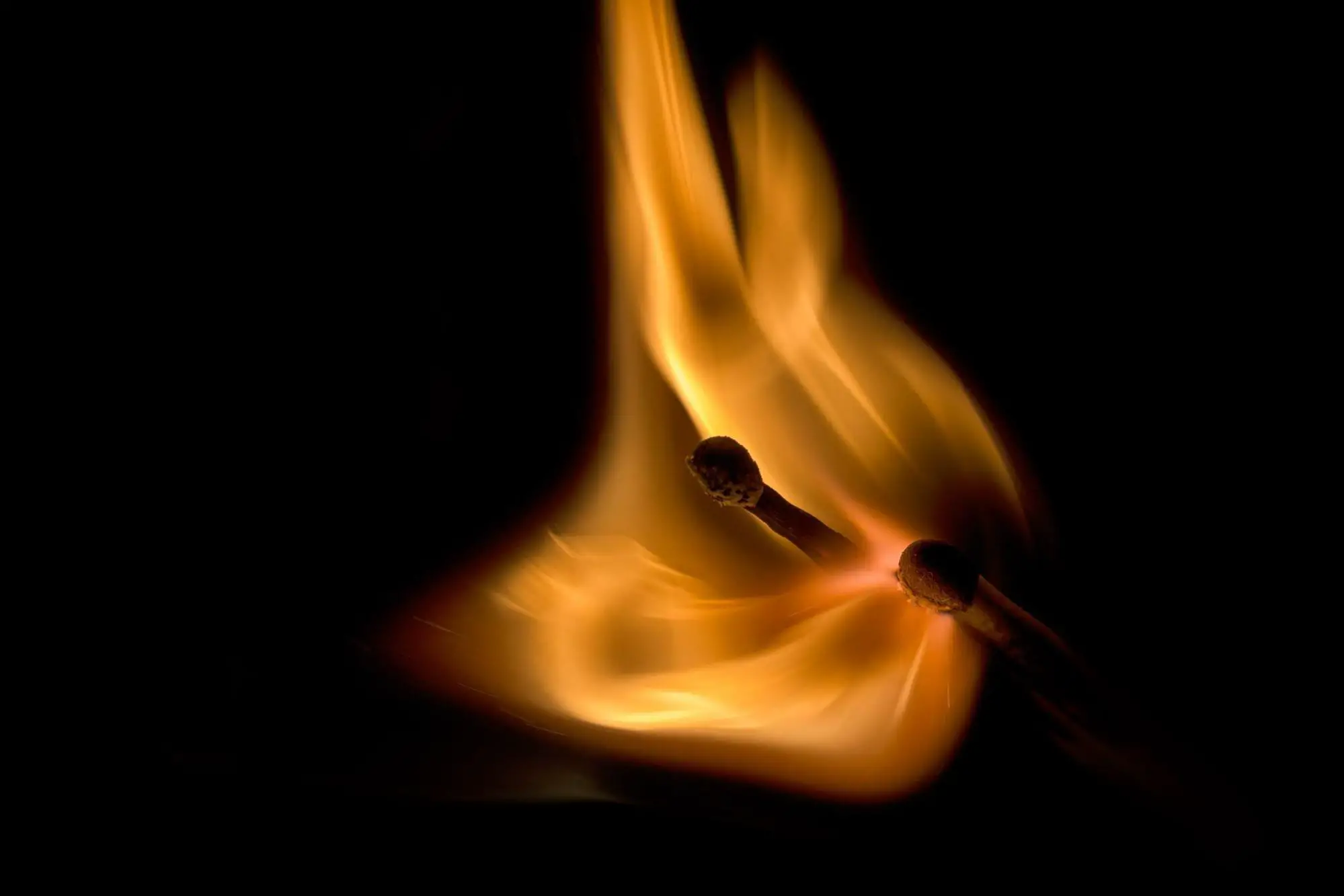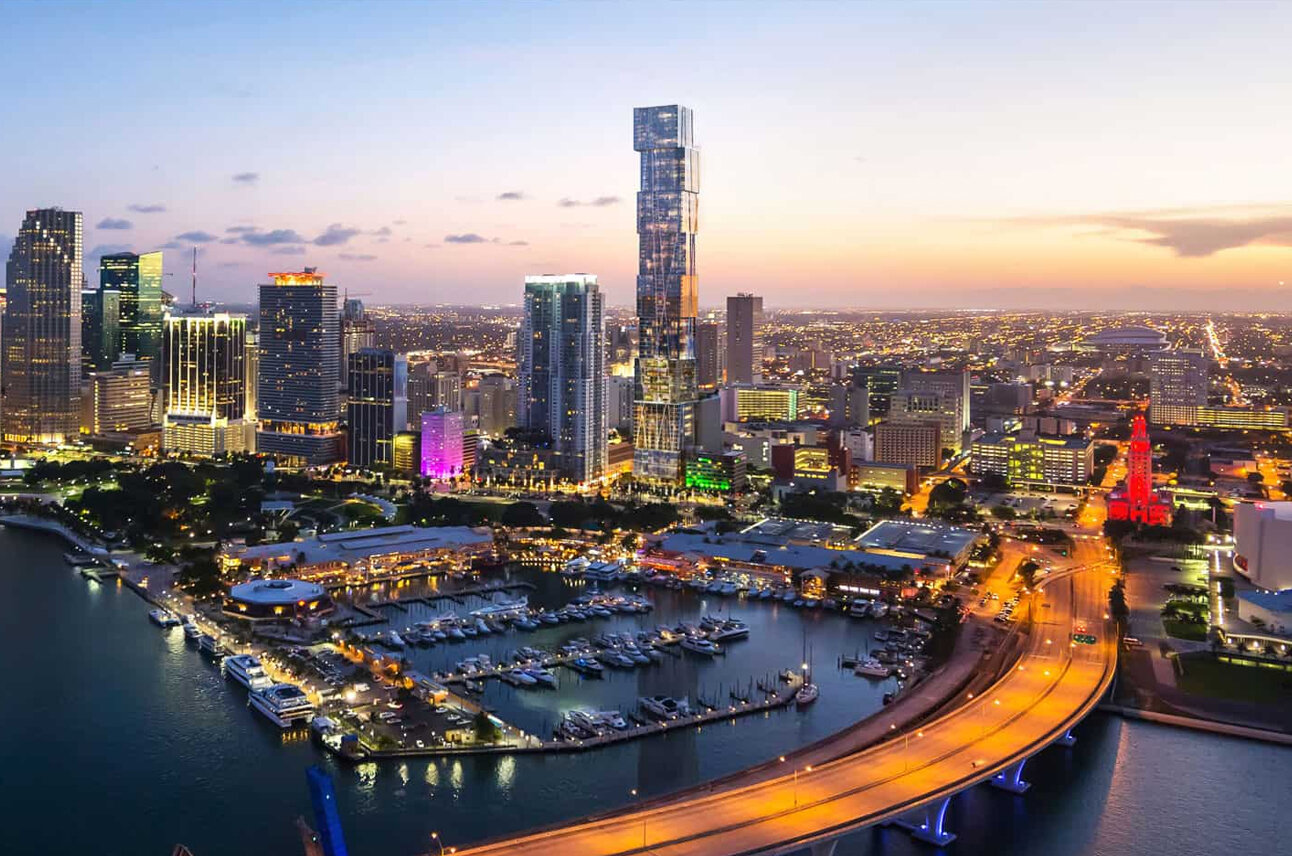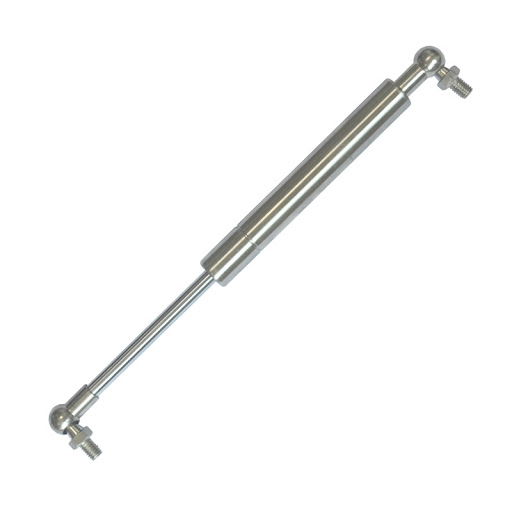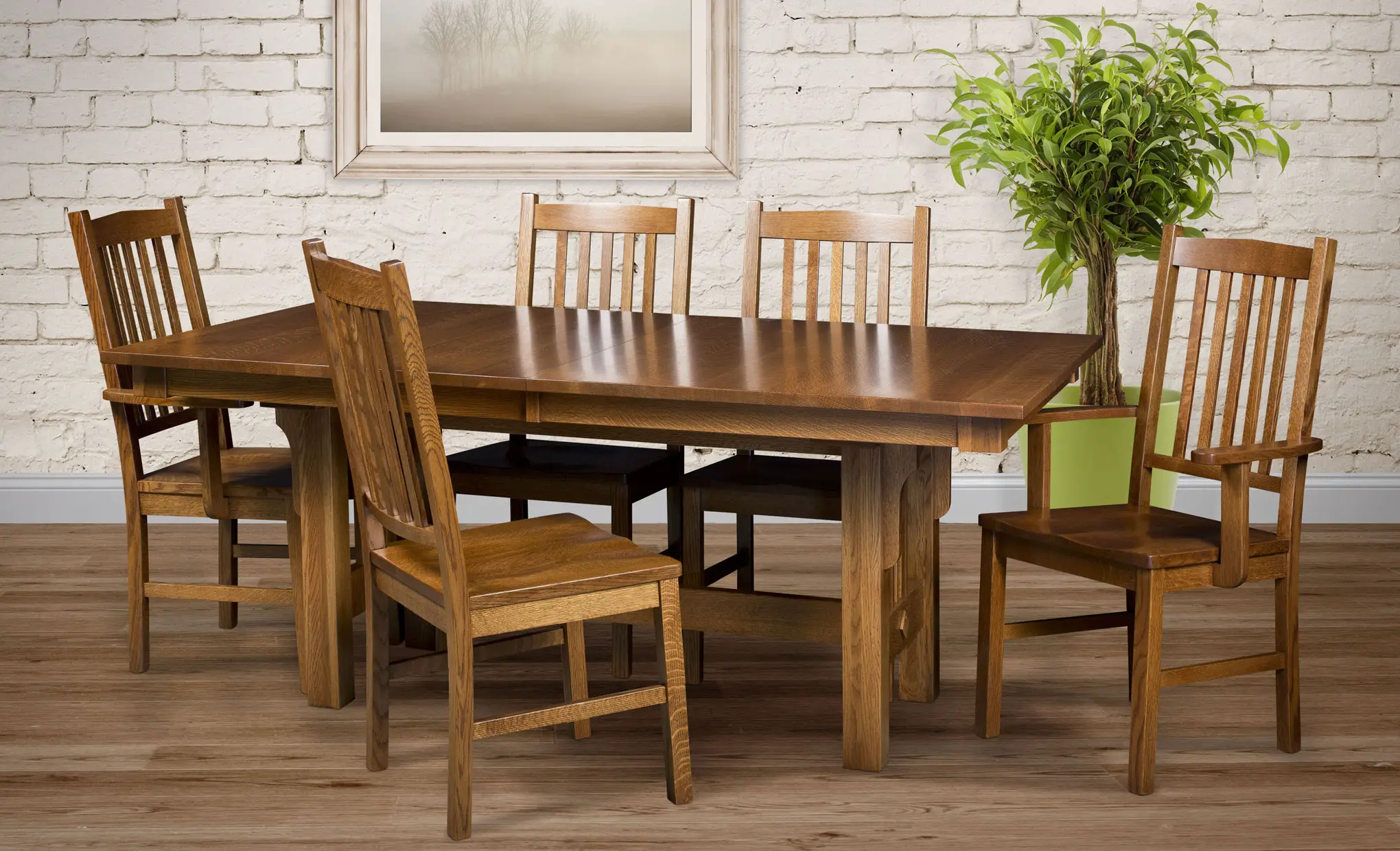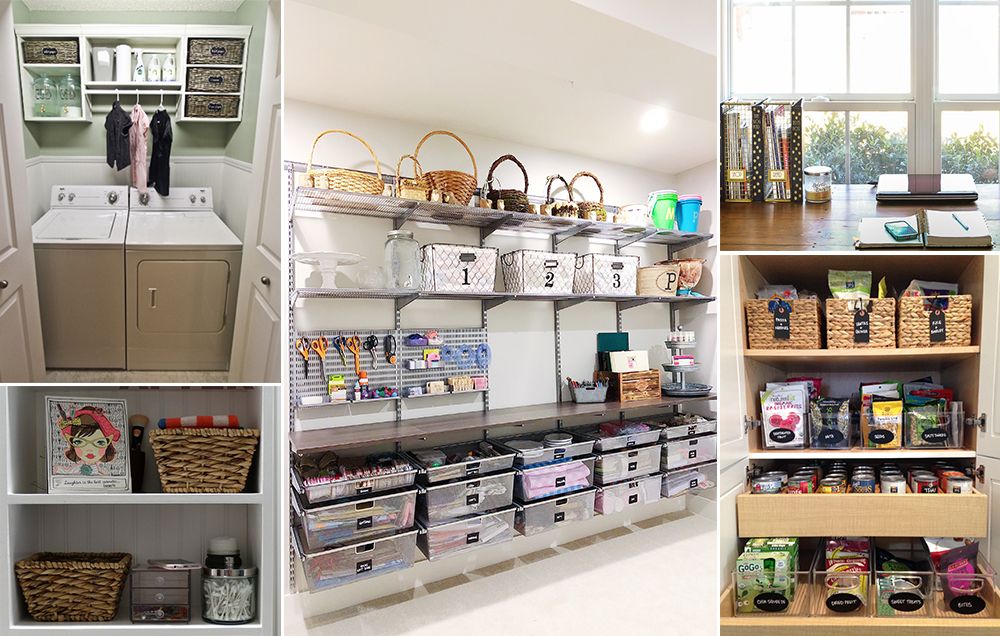You might not think so, but a furnace can stop working, especially if the HVAC unit is old and outdated. While an aged furnace can still work fine, it’s still best to update it to a new model if you keep experiencing the same problems over and over again.
The good news is that sometimes you can troubleshoot and fix a furnace in short order as long as you know what will likely go wrong with the unit over time. When you start noticing that your furnace isn’t working correctly – or isn’t functioning at all – check the following potential causes to perform furnace repair and maintenance at home.
The furnace power switch may be off
For starters, make sure you don’t accidentally switch the power off. It happens more often than you might think, and if that’s the only thing you find wrong, you’re in luck. But if the furnace still isn’t working, move on to checking the breaker box.
The HVAC breaker may have triggered
Now that you know the furnace power switch is on see if the HVAC breaker was triggered. You should be able to tell which one is the HVAC, but any homeowner knows all-too-well how the previous owners may have ignored labeling the switches. You can find the HVAC breaker in a pinch because it’s likely in the opposite direction of the other controls. If so, switch the breaker off and on, and see if that restores power. If not, check the fuse.
The furnace fuse may have blown out
If you have your breaker box labeled, you can tell right away if the fuse is blown out because it’ll look charred or melted a bit. At this point, you could call an electrician, but if you follow all safety measures, you can remove and replace the fuse yourself. Still, if you’re sure the unit is receiving power but still not sending hot air, move on to the next steps.
Filters and vents may be dirty or clogged
If you haven’t replaced the filter in a while, that could be the problem too, but the same principle applies to vents. If your vents tear and form holes, the warm air won’t go where it’s supposed to go. Basically, the airflow won’t be even, and some parts of the home may get warmer than others. You might also notice drafty, cold parts of the home that your visitors notice. Since we spend so much time at home, you may simply get used to a frigid house in winter until someone speaks their mind.
The pilot light went out
The last thing to check is what most people check first: the pilot light. You may have a flame, but if it’s not the right color – blue – you could have a more severe problem on your hands because it could indicate a failing furnace.
So, if all else fails, you might need to replace the unit, as awful as that sounds. Still, it’s worth it in the end, especially if you’re constantly spending a lot on repairs due to poor maintenance.
